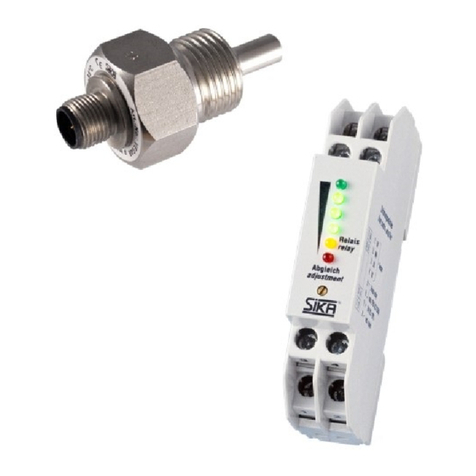SIKA TP 17165M User manual
Other SIKA Measuring Instrument manuals
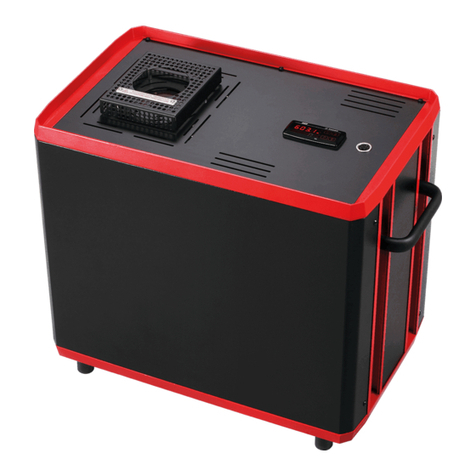
SIKA
SIKA TP 28 1300 E Series User manual
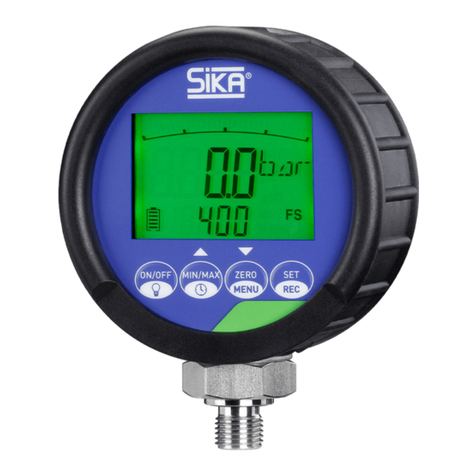
SIKA
SIKA E2 User manual
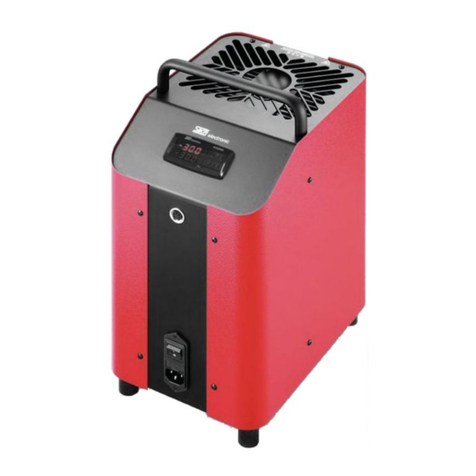
SIKA
SIKA TP 17 *** M Series User manual
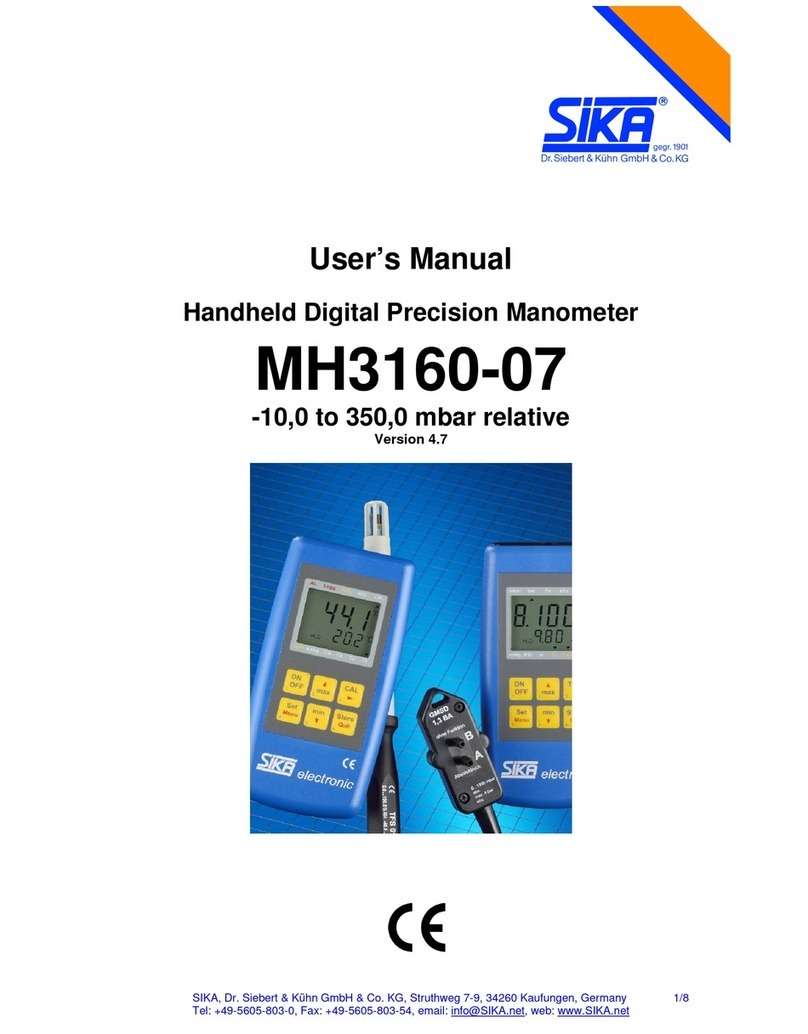
SIKA
SIKA MH3160-07 User manual

SIKA
SIKA E2 User manual
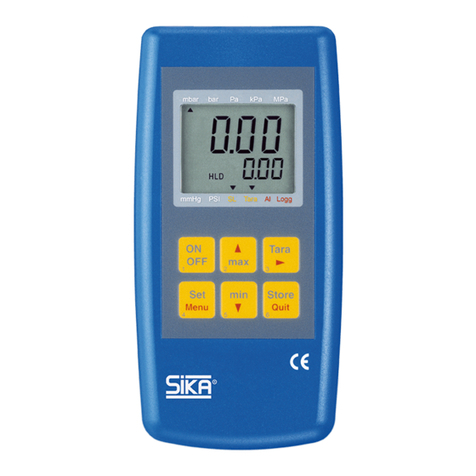
SIKA
SIKA MH3111 User manual

SIKA
SIKA TP37 series User manual
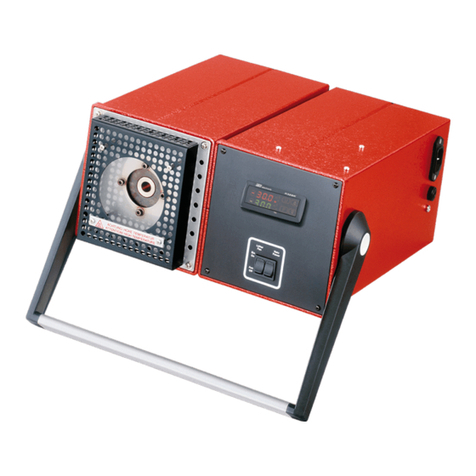
SIKA
SIKA TP 18 850 E User manual

SIKA
SIKA E2 User manual
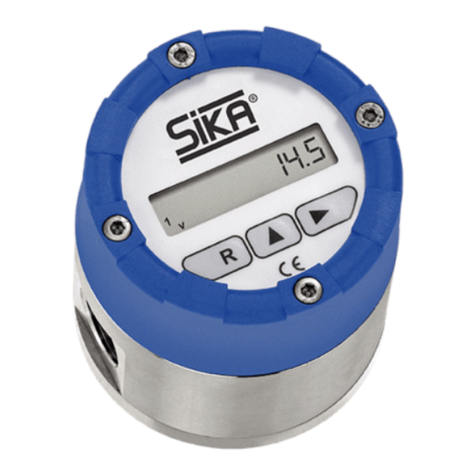
SIKA
SIKA VO VA Series User manual
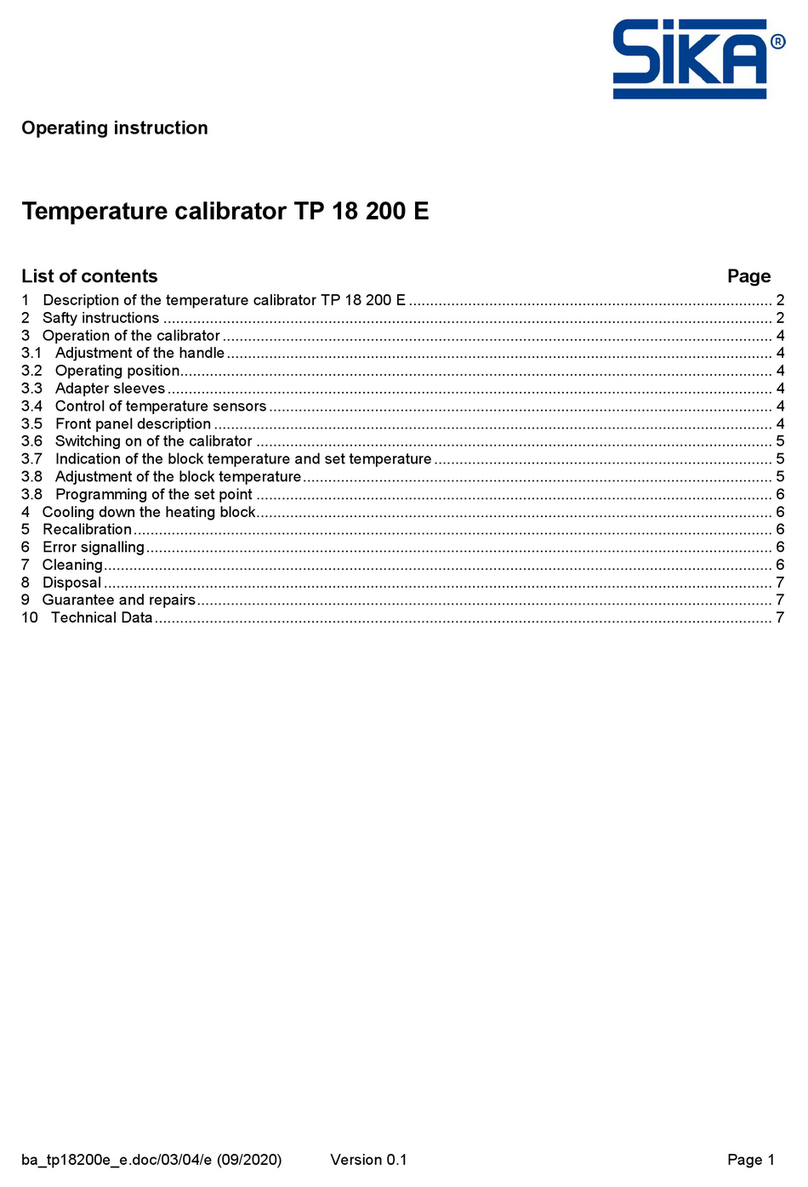
SIKA
SIKA TP 18 200 E User manual
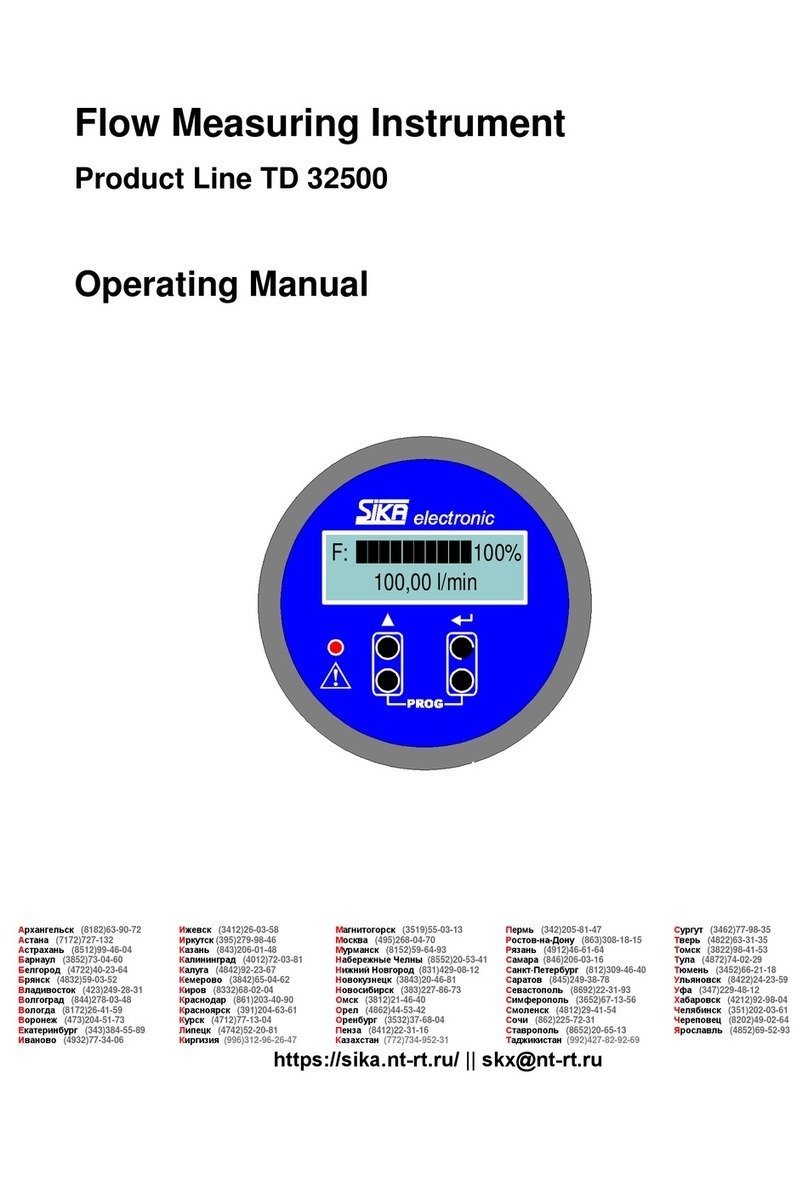
SIKA
SIKA TD 32500 User manual
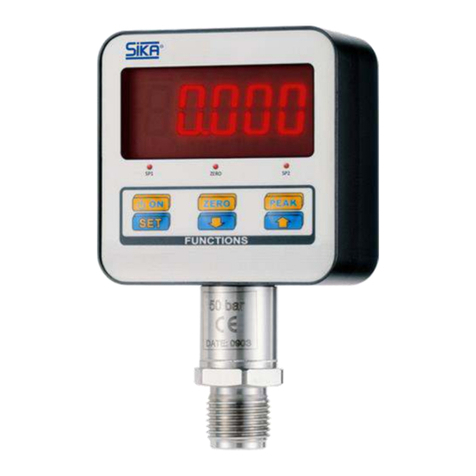
SIKA
SIKA Type Q User manual
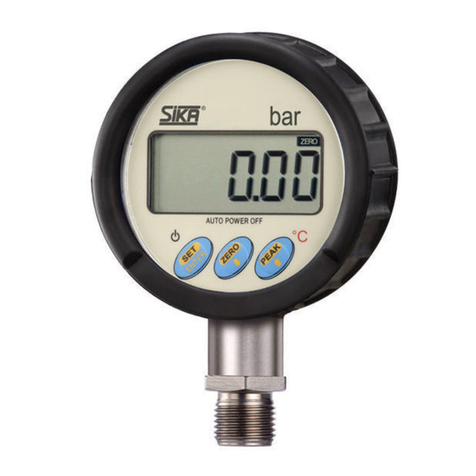
SIKA
SIKA Idroscan User manual
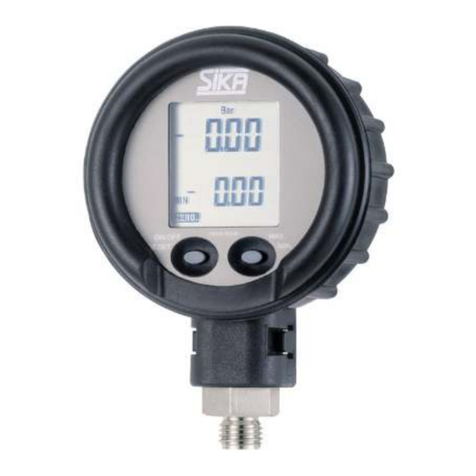
SIKA
SIKA Type E User manual
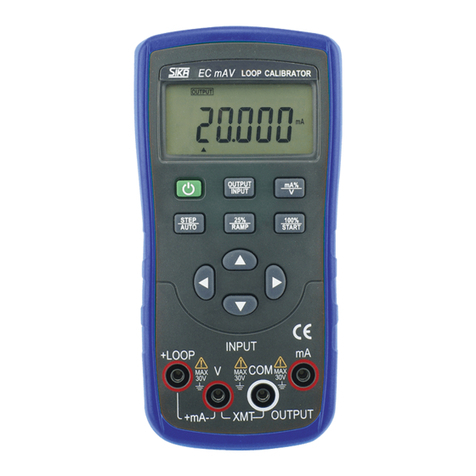
SIKA
SIKA EC mAV 2 User manual
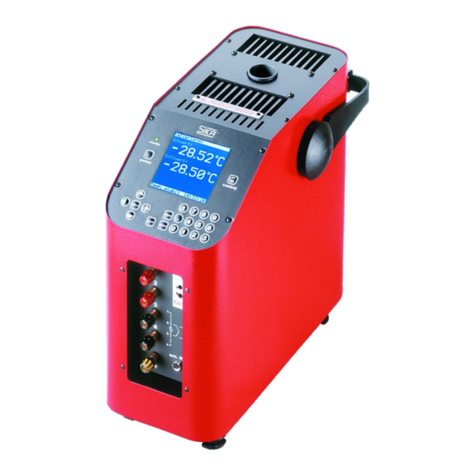
SIKA
SIKA TP 38 Series User manual
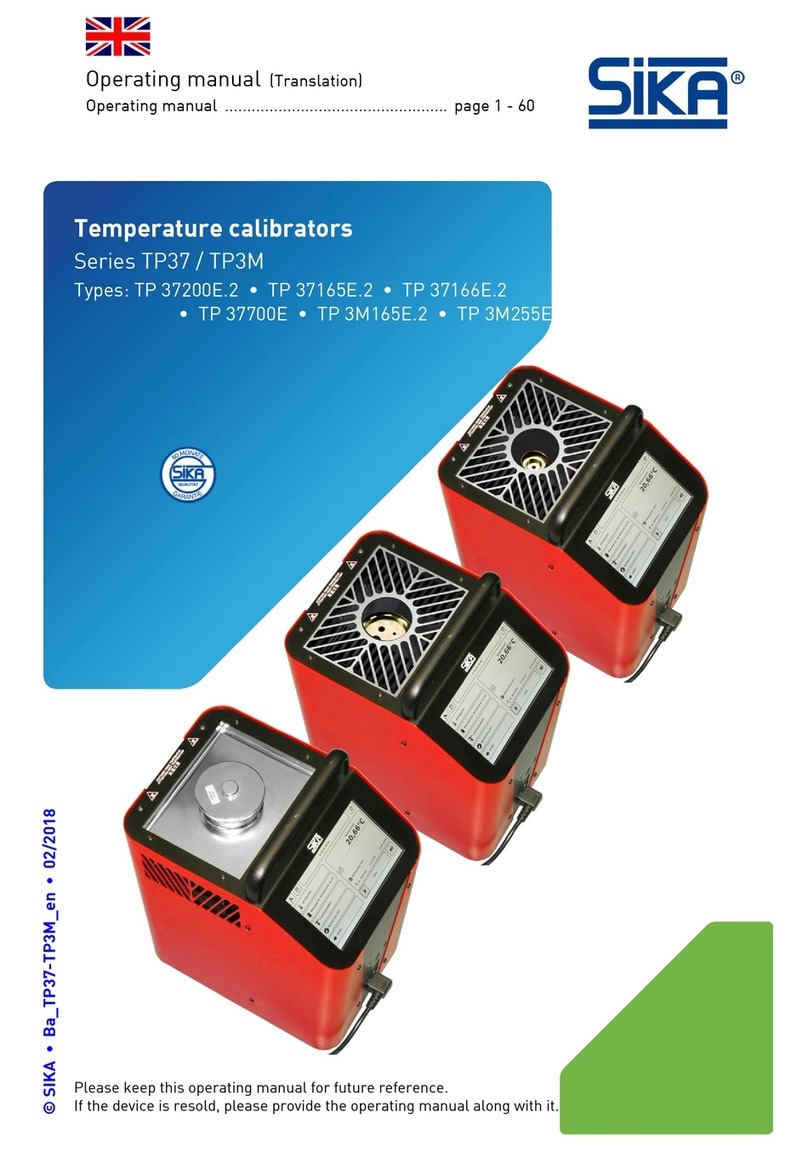
SIKA
SIKA TP 37166E.2 User manual
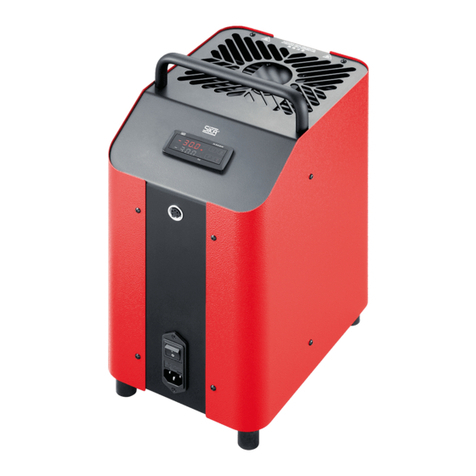
SIKA
SIKA TP 17 *** M Series User manual
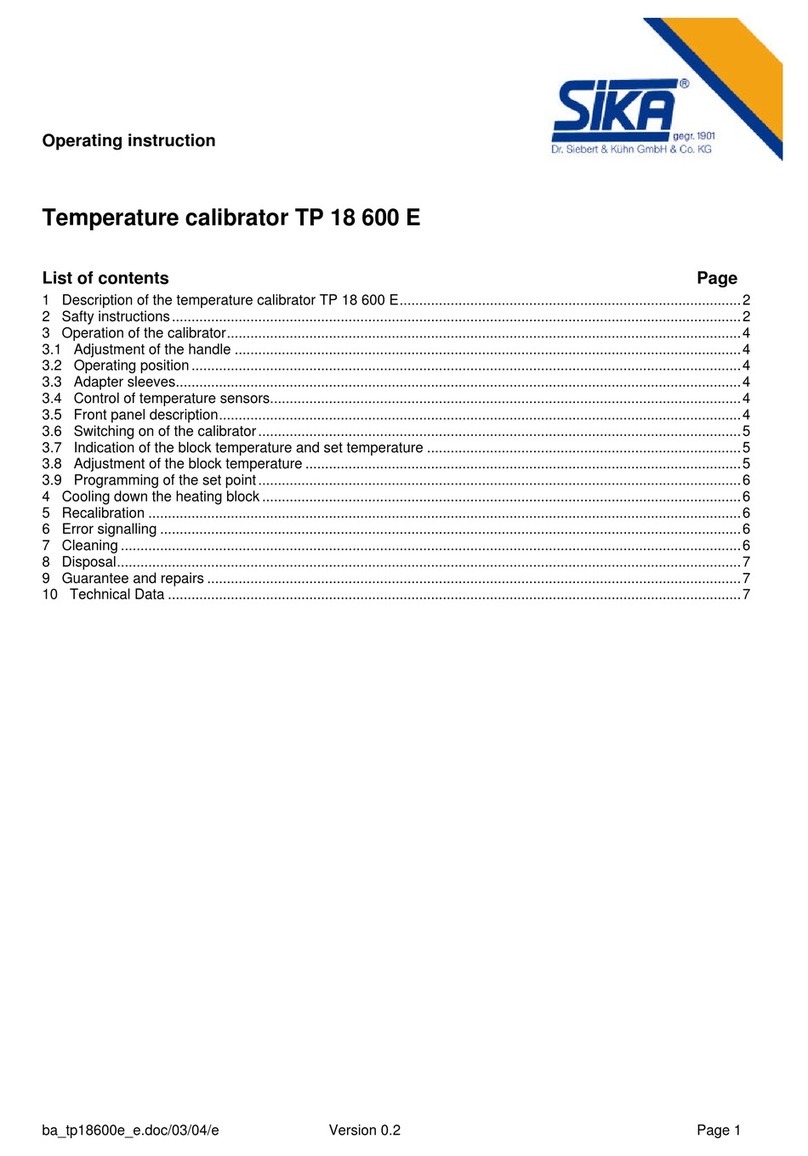
SIKA
SIKA TP 18 600 E User manual
Popular Measuring Instrument manuals by other brands

Powerfix Profi
Powerfix Profi 278296 Operation and safety notes

Test Equipment Depot
Test Equipment Depot GVT-427B user manual

Fieldpiece
Fieldpiece ACH Operator's manual

FLYSURFER
FLYSURFER VIRON3 user manual

GMW
GMW TG uni 1 operating manual

Downeaster
Downeaster Wind & Weather Medallion Series instruction manual

Hanna Instruments
Hanna Instruments HI96725C instruction manual

Nokeval
Nokeval KMR260 quick guide

HOKUYO AUTOMATIC
HOKUYO AUTOMATIC UBG-05LN instruction manual

Fluke
Fluke 96000 Series Operator's manual

Test Products International
Test Products International SP565 user manual

General Sleep
General Sleep Zmachine Insight+ DT-200 Service manual
